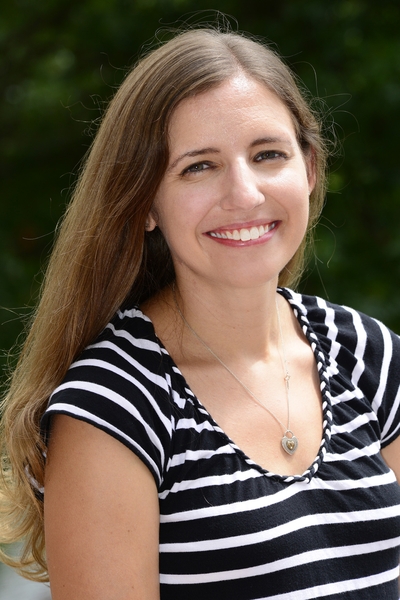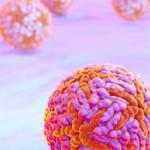
Robin Stanley, Ph.D.
Senior Investigator
Signal Transduction Laboratory/Nucleolar Integrity Group
NIEHS
Research Topics
Eukaryotic ribosome biogenesis is a complex process that involves the assembly of 79 ribosomal proteins with 4 ribosomal RNAs through the concerted effort of more than 200 non-ribosomal biogenesis factors. Dysfunction of this pathway gives rise to a group of human diseases known as ribosomopathies and deregulation of the pathway had been linked with numerous types of human cancers, underscoring the need to further understand this complex process. Ribosome biogenesis is one of the most energetically costly endeavors for a cell, at times using up to 80 percent of cellular energy resources. As a result, the process needs to be tightly regulated with cell cycle progression and environmental stimuli. The Stanley research group utilizes a multidisciplinary approach by combining structural biology (x-ray crystallography, electron microscopy, and small angle x-ray scattering) with biochemical and cell biology methods to understand 1) How ribosome assembly factors regulate ribosome assembly and 2) How cell cycle, environmental stimuli, and stress modulate ribosome production.
Biography
Robin Stanley, Ph.D., heads the Nucleolar Integrity Group within the NIEHS Signal Transduction Laboratory. Stanley is an Earl Stadtman Tenure-Track Investigator and earned her B.S. in chemistry and B.A. in mathematics from the University of North Carolina at Charlotte. She earned her Ph.D. in molecular biophysics and biochemistry at Yale University, where she worked under Nobel Laureate Thomas Steitz, Ph.D. Before joining NIEHS in 2014, she was a postdoctoral fellow with James H. Hurley, Ph.D., at the National Institute of Diabetes, Digestive, and Kidney Diseases.
Selected Publications
- Gordon J, Kaminski AM, Bommu SR, Skrajna A, Petrovich RM, Pedersen LC, McGinty RK, Warren AJ, Stanley RE. PELP1 coordinates the modular assembly and enzymatic activity of the rixosome complex. Sci Adv. 2025;11(30):eadw4603.
- Wright ZM, Butay KJ, Krahn JM, Wilson IM, Gabel SA, DeRose EF, Hissein IS, Williams JG, Borgnia MJ, Frazier MN, Mueller GA, Stanley RE. Spontaneous base flipping helps drive Nsp15's preferences in double stranded RNA substrates. Nat Commun. 2025;16(1):391.
- Hayne CK, Butay KJU, Stewart ZD, Krahn JM, Perera L, Williams JG, Petrovitch RM, Deterding LJ, Matera AG, Borgnia MJ, Stanley RE. Structural basis for pre-tRNA recognition and processing by the human tRNA splicing endonuclease complex. Nat Struct Mol Biol. 2023;30(6):824-833.
- Frazier MN, Wilson IM, Krahn JM, Butay KJ, Dillard LB, Borgnia MJ, Stanley RE. Flipped over U: structural basis for dsRNA cleavage by the SARS-CoV-2 endoribonuclease. Nucleic Acids Res. 2022;50(14):8290-8301.
- Pillon MC, Hsu AL, Krahn JM, Williams JG, Goslen KH, Sobhany M, Borgnia MJ, Stanley RE. Cryo-EM reveals active site coordination within a multienzyme pre-rRNA processing complex. Nat Struct Mol Biol. 2019;26(9):830-839.
Related Scientific Focus Areas



Molecular Biology and Biochemistry
View additional Principal Investigators in Molecular Biology and Biochemistry
This page was last updated on Tuesday, April 6, 2021